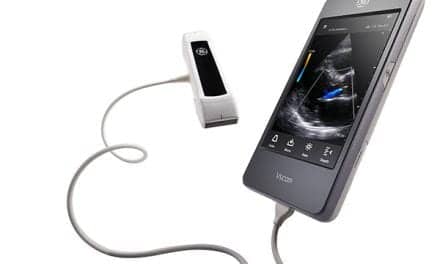Michael Allon, MD, and Michelle Robbin, MD, a professor of nephrology with a research focus on clinical dialysis, and their surgical and interventional colleagues in the University of Alabama at Birmingham School of Medicine divisions of nephrology and transplantation, and the department of radiology, have completed a multi-center NIH-funded clinical research publication using post-operative ultrasound imaging to predict fistula maturation success.
The researchers followed 602 fistula surgery patients in an observational study, using ultrasound imaging at one day, two weeks, and six weeks after surgery. They looked to identify if 14 different variables, including seven case-mix factors like age, sex, race, and body mass index, correlated with later fistula success. Three of the variables predicted successful arteriovenous fistula maturation: arteriovenous fistula blood flow, fistula diameter, and fistula depth. None of the other factors improved prediction.
By providing probabilities of maturation, the ultrasound measurements can “facilitate decisions by the clinician, such as the need for surgical or percutaneous intervention or abandonment of the arteriovenous fistula,” Robbin explains. “The richness of the present data will also be highly valuable for practice guideline workgroups to formulate recommendations, taking into account other factors such as invasiveness of the remedial procedures, burden to the patient, costs, and differences in process of care in individual centers.”
“It would be ideal,” Robbin notes, “to tell the surgeon and clinical team, based on the six-week ultrasound, ‘this fistula has a high chance of maturation without intervention,’ or conversely ‘this fistula will not mature without intervention.’ But we still don’t know all the answers, and further research is needed into the problem of fistula maturation.”
According to the National Institutes of Health, 468,000 Americans are kidney dialysis patients. In the weeks or months before patients need to begin hemodialysis, surgeons attempt to create an arteriovenous fistula in the patient’s arm. Higher blood pressure from the artery connection helps thicken the walls of the vein and in four to six weeks, if the fistula is successful, the vein can tolerate the stress of dialysis
“People with end-stage renal disease do dialysis for four hours, three days a week,” says Robbin, a professor of radiology and chief of ultrasound. “The problem with fistulas is about 50% of them fail to mature, so they are not usable for dialysis. Nobody knows the right answer yet as to how to create a fistula that will work every time.”





